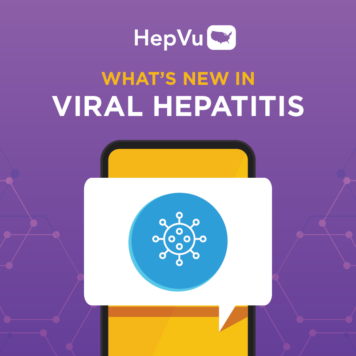Selected and summarized by Ronald O. Valdiserri, MD, MPH, Professor, Department of Epidemiology, Rollins School of Public Health, Emory University, and Co-Chair of HepVu.
Dr. Valdiserri reviews significant articles on prevention, public health, and policy advances in viral hepatitis. This month, he highlights “Vaccination barriers and opportunities at syringe services programs in the United States, June—August 2021—A cross-sectional survey.” Montgomery MP, Zhong Y, Roberts E, et al. Drug and Alcohol Dependence June 16, 2022, vol 237.
What question(s) does this study address?
The Viral Hepatitis National Strategic Plan for the United States calls for an increase in prevention and treatment services for people who use drugs, including improvements in viral hepatitis screening, vaccination, and treatment in a variety of settings. People who inject drugs (PWID) are at increased risk of blood borne infections like Hepatitis B, Hepatitis C, and HIV, and large outbreaks of Hepatitis A have also been observed among people who use drugs, believed to be due to both percutaneous (sharing injection equipment) and fecal-oral (poor sanitation) transmission. Recent evidence suggests that people who use drugs, including those who inject drugs, have overall low rates of vaccination uptake—including vaccines to prevent Hepatitis A and Hepatitis B infection. A multi-state survey of syringe service providers (SSP) was conducted during June—August 2021 to identify barriers and opportunities for SSPs to offer vaccinations to PWID.
What are the major findings of this report/article?
- 105 syringe service providers (SSPs) from 34 states participated in the survey
- 44% (n = 46) reported they provided on-site vaccinations and 56% ( n= 59) reported they did not provide on-site vaccination.
- Among SSPs offering on-site vaccinations, 91% offered vaccinations for COVID-19, 76% for Hepatitis A, 73% for influenza, 70.5% for Hepatitis B, and 57% for tetanus.
- Compared to those that did not, SSPs that offered on-site vaccinations were more likely to be located in rural areas, provide services from a fixed site (as opposed to mobile delivery), and be operated by a health department (rather than a community-based organization).
- Among SSPs providing on-site vaccinations, the most commonly reported resource needs were systems for client follow-up to complete multidose vaccine series (70%), training on how to enroll clients in health insurance (59%), and vaccine administration supplies (51%).
- When SSPs that did not provide on-site vaccinations were asked what they’d need to provide these services, they indicated: funding to purchase vaccines (83%); staff licensed to administer vaccines (78%), and staff who are trained to administer vaccines (76%).
What are the implications for the prevention and control of viral hepatitis?
- This survey documents that there are missed opportunities to reduce vaccine preventable diseases like Hepatitis A and Hepatitis B among the PWID clientele of many SSPs.
- Providing vaccinations to PWID at SSPs is feasible, acceptable, and cost saving to the health care system by preventing future infections and their associated medical costs.
- Expanding the number of personnel who are licensed to administer vaccines (for example, community health workers, phlebotomists, students in health care professions, etc. ) could improve vaccination access in SSPs.
- SSPs that do not currently offer vaccine services should consider partnering with health departments and health systems to expand their capacity to provide these services.
- Empowering and supporting SSPs to address the other, competing needs of their clients (e.g., transportation, connections to social services, etc.) may increase vaccine acceptance among PWID.

